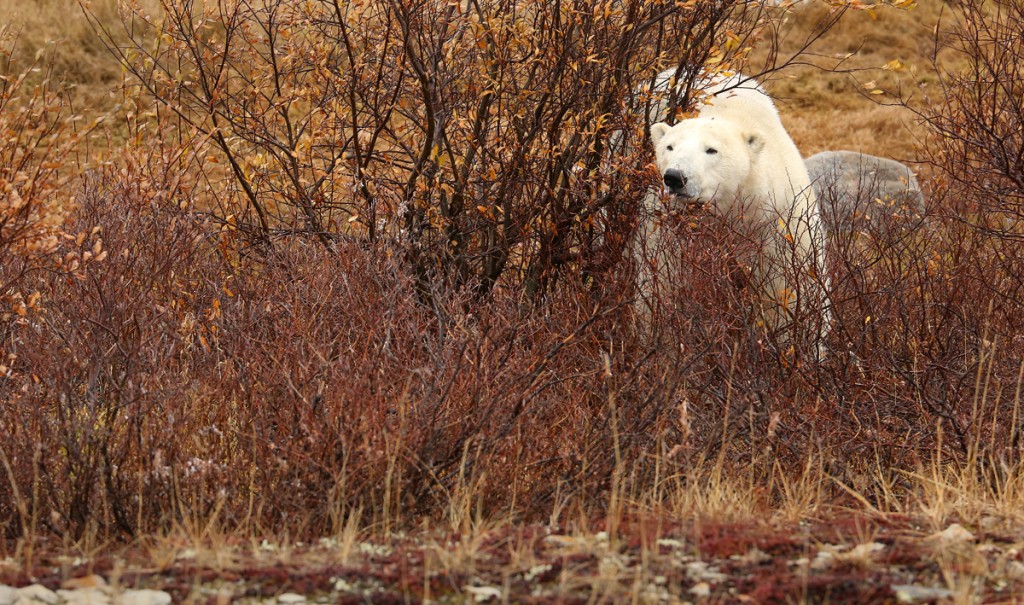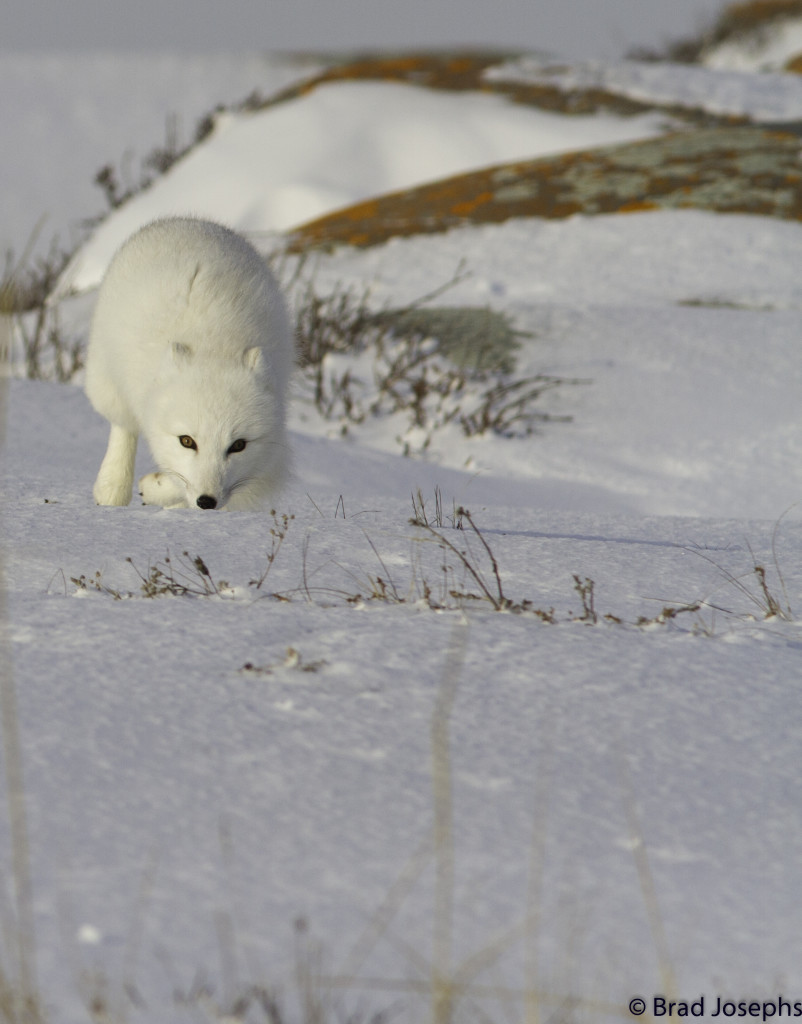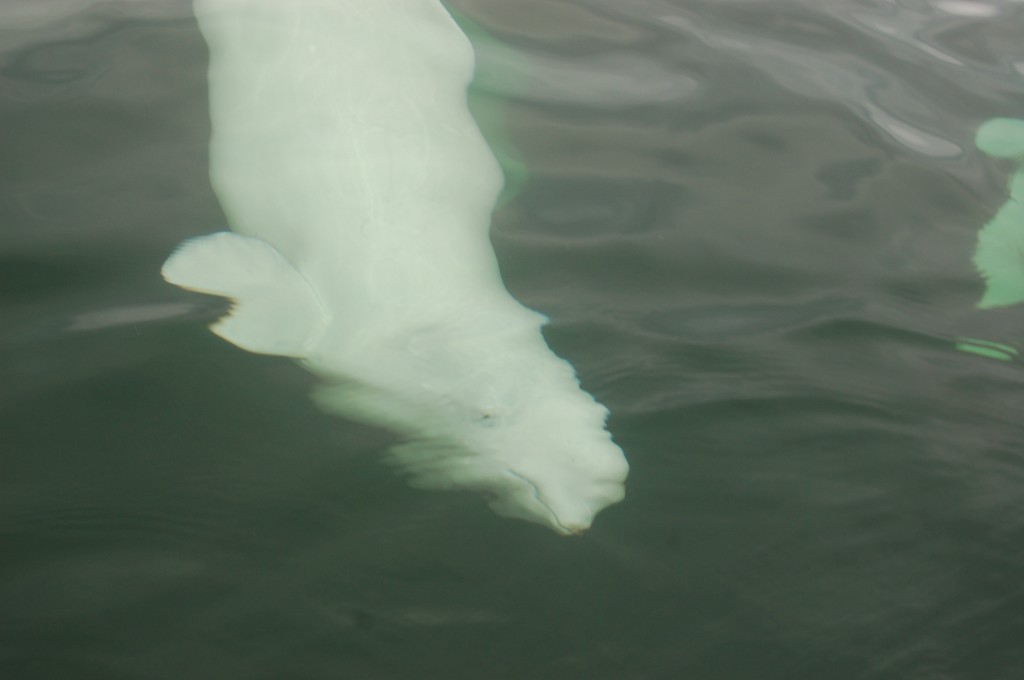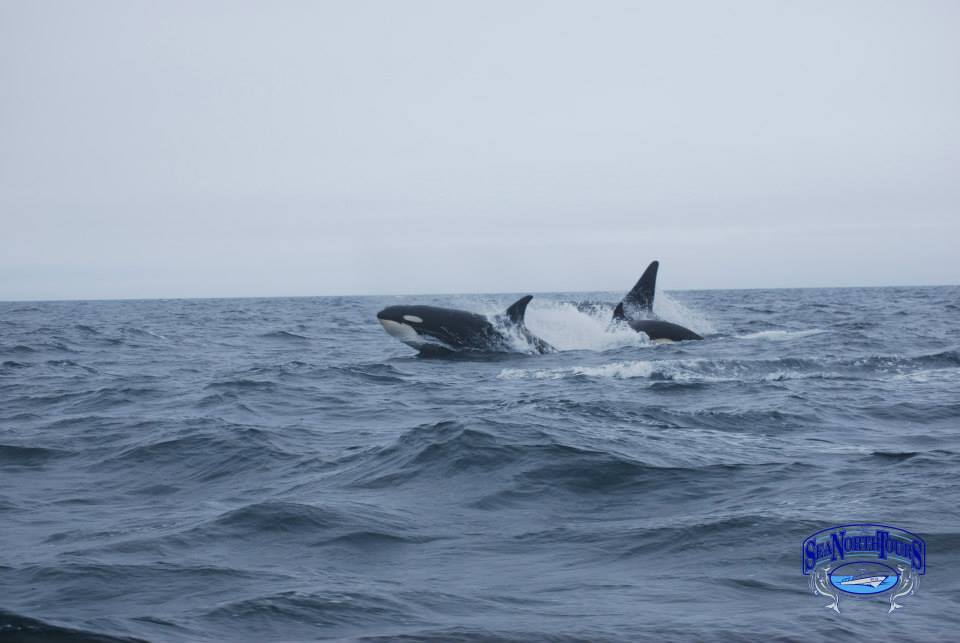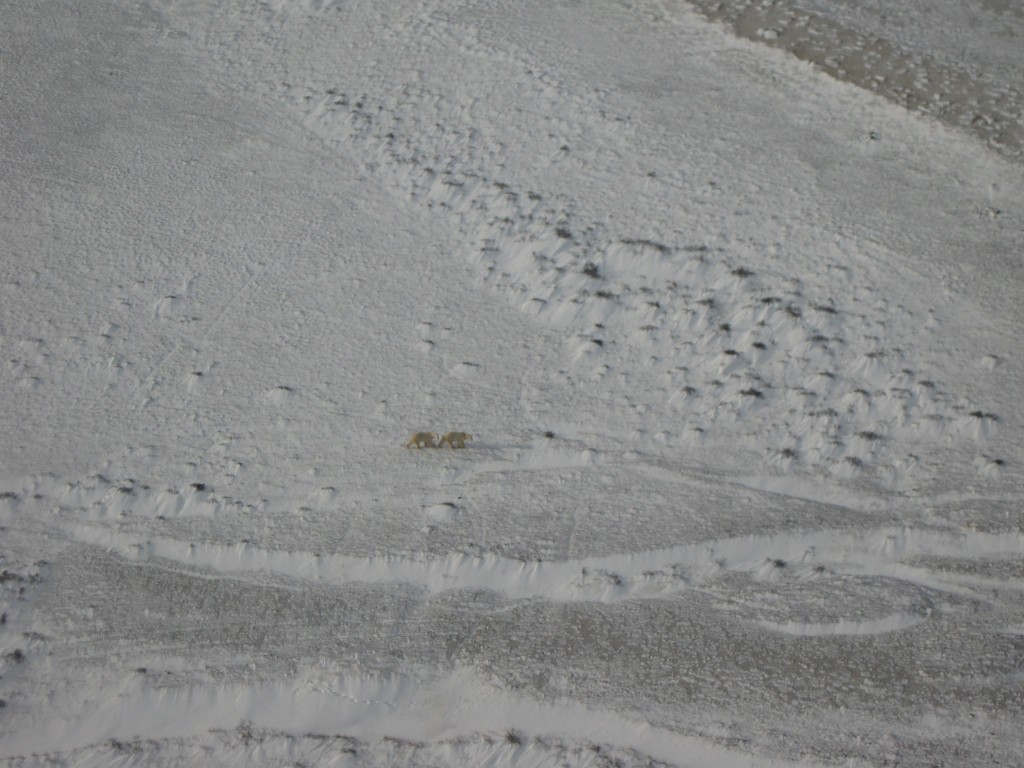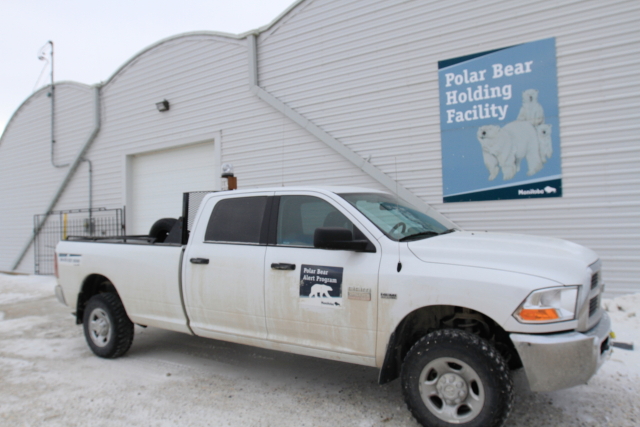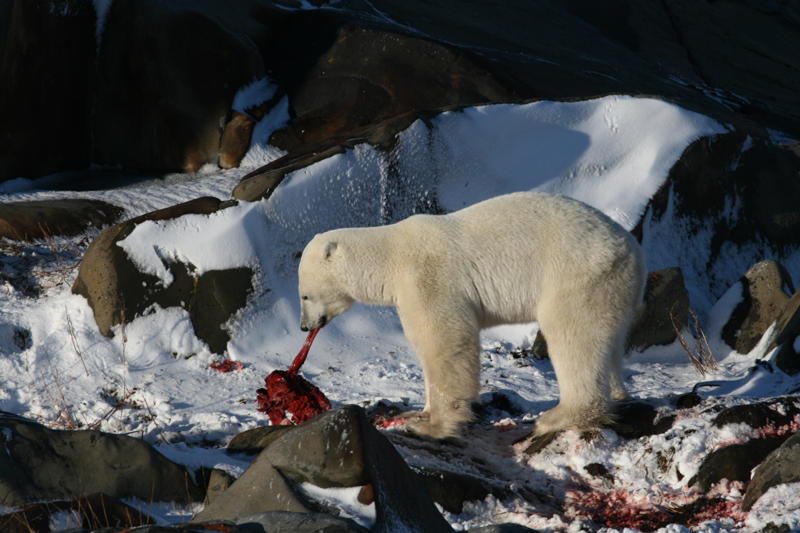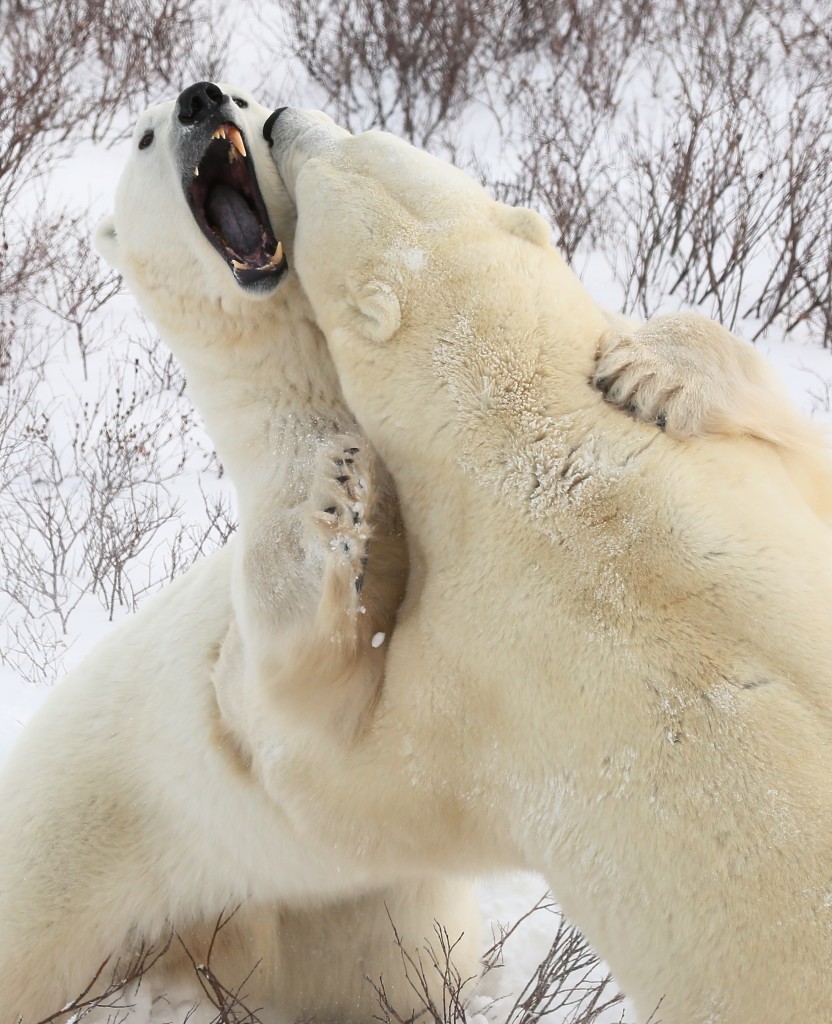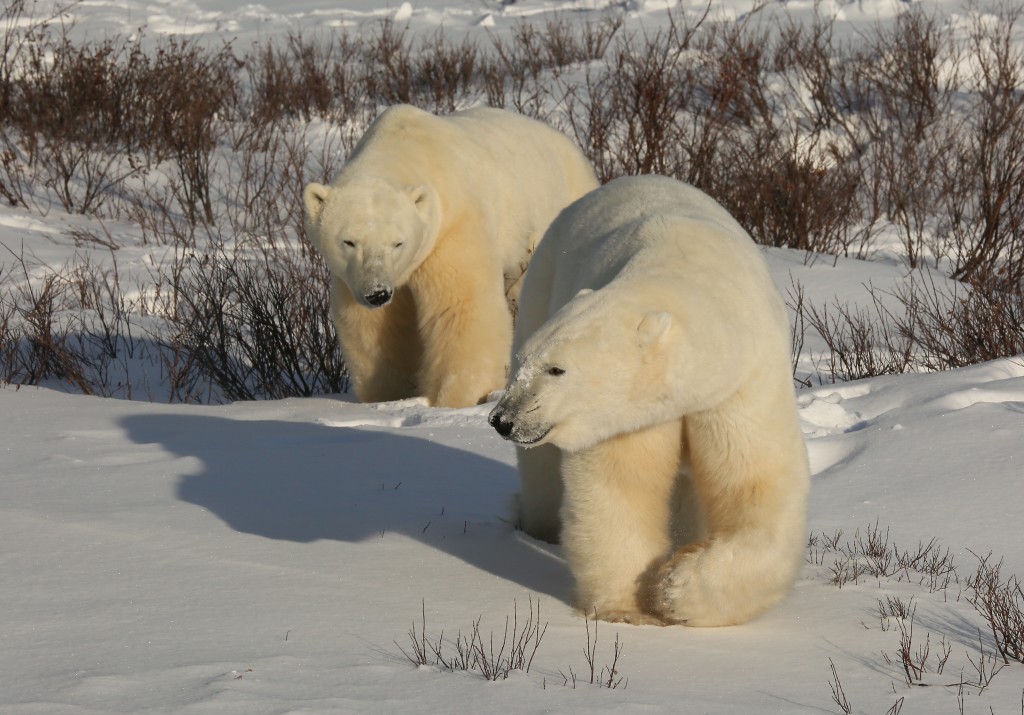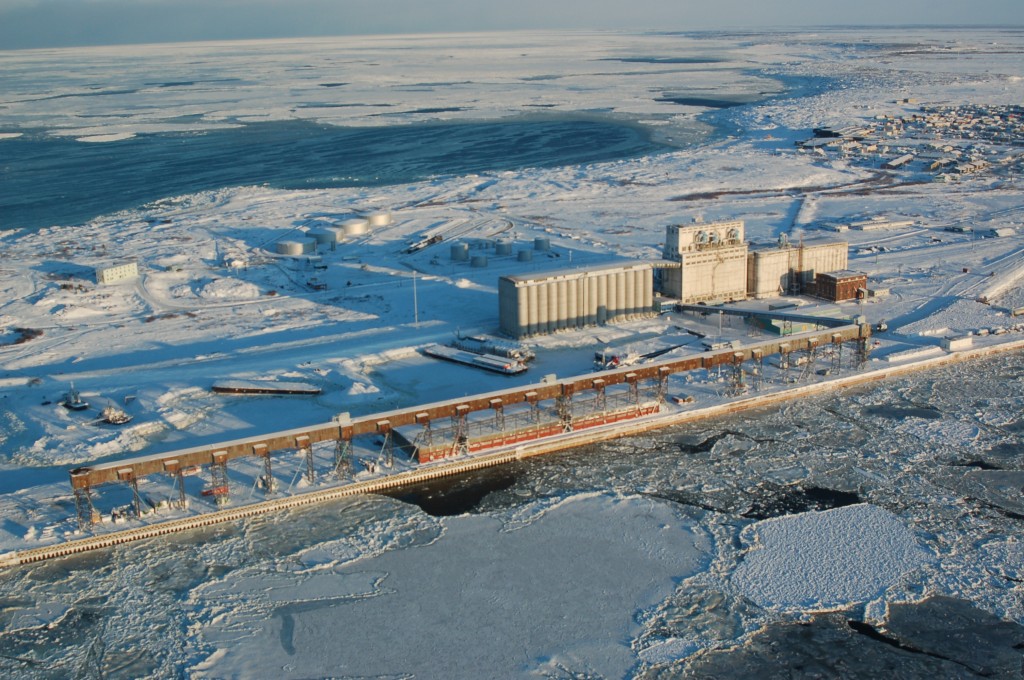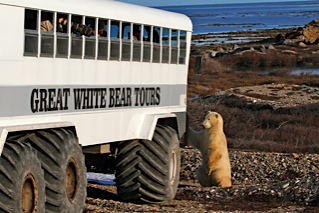Five “Other” Animals You Could See In Churchill
Churchill is known worldwide at the best, most accessible place to see polar bears. Now, if you’ve spent much time in this northern Manitoba outpost town you know there’s much more than the “king” of the Arctic. In fact, often it’s the other animals of this remote land on the shores of the Hudson Bay that give travelers thrills. The unexpected often can be as exciting as seeing the main event.
Here are five other animal attractions around Churchill you could see during polar bear season and possibly other times of the year.
1. Arctic Fox– This icon of the Arctic is one of the most beautiful animals in the north. To some extent the white fox symbolizes the Arctic as much as the mighty polar bear. the population tends to run in cycles and fluctuates with the lemming population and will compete from year to year with the red fox.
2. Moose– Usually individual moose can be seen from a polar rover or from a helicopter journey over the vast tundra.
3.- Red fox– The “other’ fox in the Arctic has been increasing its range of habitat over the years and even foraging seal-kills out on the Hudson Bay ice pack. The red fox numbers fluctuate from year to year…highly dependent on lemming numbers.
4. Beluga Whale– Although you will not see this whale during polar bear season, you could see polar bears during whale season which can extend until late August and even early September.
5. Killer Whale (Orca)- A very rare sight in the Hudson Bay. Occasionally these leviathans surface in areas where they can be seen, usually just outside the mouth of the Churchill River. If you are lucky enough to see one the chances of getting a photo are slim.
Come to the north and Churchill to see these amazing animals with Natural Habitat Adventures! Visit nathab.com for information.

